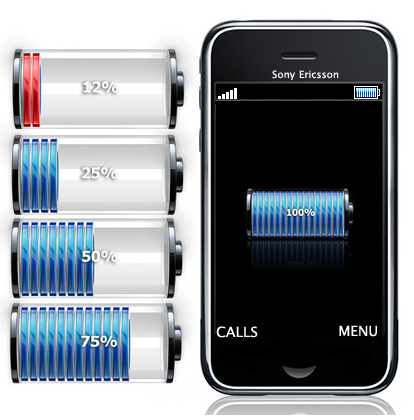
Poor battery life and lost chargers are often towards the top of the list of “Things That Bug Us About Our Mobile Phones”, right next to dropped calls and those places we just can’t get service. In the not so distant future, we may not need to worry about our batteries running out on us. Researchers from South Korea’s Sungkyunkwan University are now asking the world, “What if you could charge your mobile phone just by using it?”
That’s right! These researchers have discovered a technology that can generate an electrical current from sound waves and use it to charge batteries. The sound of your voice may one day be all it takes to keep your mobile phone running.
The technology utilizes a pad which absorbs sound waves from its surrounding environment to cause zinc oxide wires mounted between electrodes to compress and release and create an electrical current that could be used to charge a battery. The current prototype of this technology can convert sounds of around 100 decibels (imagine noisy traffic) to 50 milivolts of electricity. While 50 milivolts isn’t enough electricity to charge a mobile phone battery, researchers say that the technology can be improved with the use of different materials.
When asked about what made them consider the possibilities of sound as an energy source, researcher Dr. Sang-Woo Kim said, “The sound that always exists in our everyday life and environments has been overlooked as a source. This motivated us to realise power generation by turning sound energy from speech, music or noise into electrical power.”
In our lives we are almost always surrounded by sound of some kind of sound, so the applications of this technology extend far beyond use in mobile phones, but for now current prototypes create enough energy to be usable in small, low-power sensors and implantable devices.
Comments
One response to “What If You Could Charge Your Mobile Phone Just By Using It?”
[…] battery before you know it. A few weeks ago we wrote a post detailing a new technology that will recharge your mobile phone just by using it. This will be great when it’s fully developed and ready for real world […]